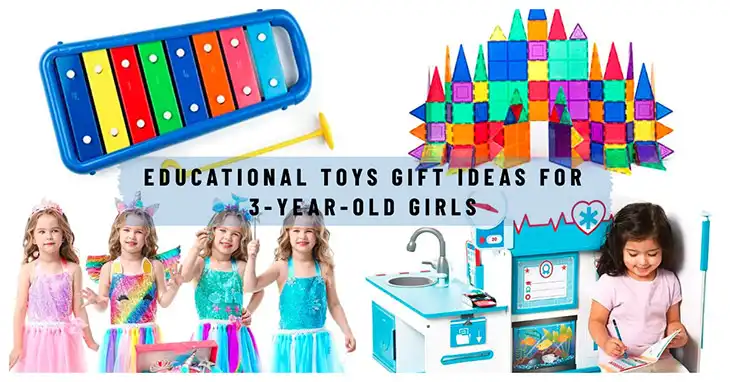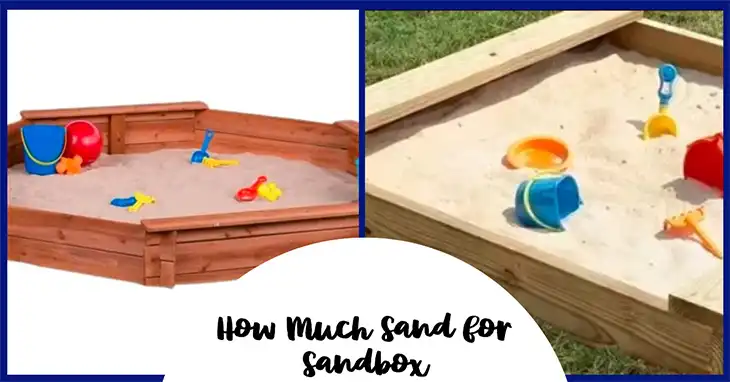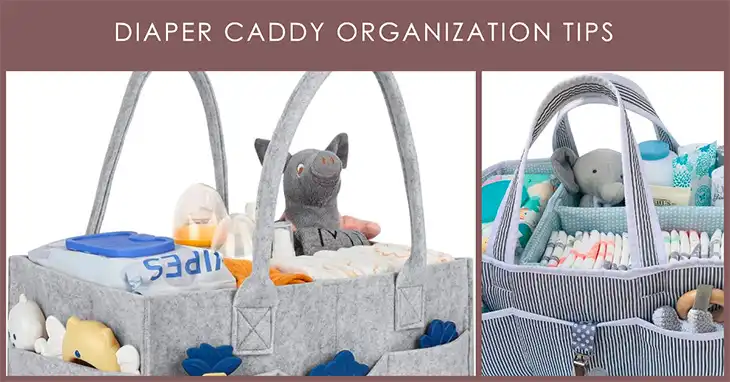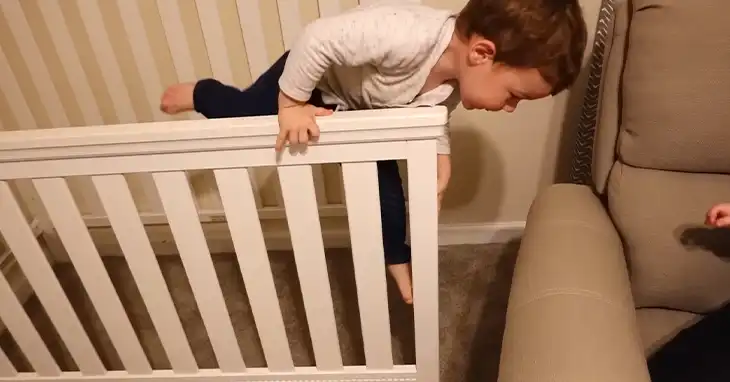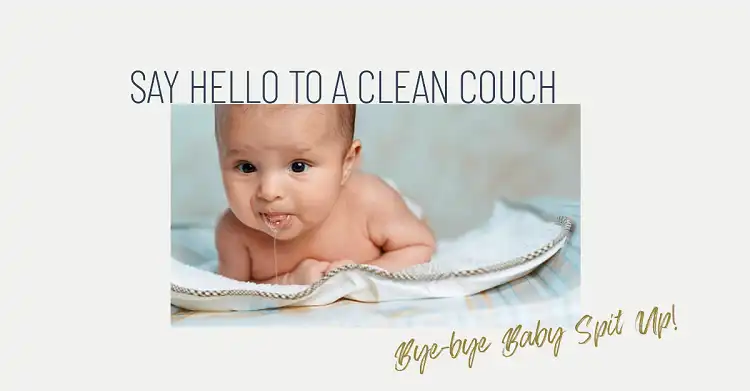How to Get Baby to Stop Chewing on Crib?

Crib chewing is a common behavior among infants and toddlers, often linked to teething discomfort or simple curiosity. However, it’s crucial to address this habit to ensure your baby’s safety and protect your furniture.
But why do babies chew on cribs and why do you need to stop this behavior? Most importantly, how to stop this effectively? We’ll discuss that below. So, read on.
Why Babies Chew on Cribs
Babies are natural explorers, and their mouths are their primary tools for discovery. Crib chewing typically peaks between 6 and 12 months of age, coinciding with the teething process. During this time, the pressure of emerging teeth can cause significant discomfort, leading babies to seek relief by chewing on nearby objects – including their cribs.

Image: Baby teething diagram
Chewing applies counter-pressure to sore gums, temporarily alleviating teething pain. Unfortunately, cribs are often the most accessible ‘chew toy’ for a baby confined to their bed.
Beyond teething, some babies chew on cribs out of boredom, anxiety, or as a self-soothing mechanism. Understanding the root cause of your baby’s chewing habit is the first step in addressing it effectively.
Why Your Baby Should Not Cheew on the Crib
Before we dive into solutions, it’s crucial to address the safety risks associated with crib chewing. The primary concerns include:
- Ingestion of paint chips or wood splinters
- Exposure to harmful chemicals
- Damage to developing teeth and gums
To ensure your crib is safe, conduct a thorough inspection.
Check for Lead Paint
Cribs manufactured before 1978 may contain lead paint, which is highly toxic if ingested. Even if your crib is newer, it’s worth checking, especially if it’s a hand-me-down or purchased secondhand.
DIY lead testing kits are available at most hardware stores for around $10-$15. For a more definitive result, professional lead testing services typically cost between $200 and $400.
Examine the Crib’s Condition
Look for any loose parts, splinters, or chipped paint. A damaged crib surface not only poses a choking hazard but also makes it easier for babies to continue chewing.
| Item to Check | What to Look For | Action if Problem Found |
| Paint | Chips, flaking | Sand and repaint with non-toxic paint |
| Wood | Splinters, cracks | Sand smooth or replace affected parts |
| Hardware | Loose screws, bolts | Tighten or replace |
| Mattress fit | Gaps larger than two fingers | Replace with properly fitting mattress |
Table: Crib Safety Checklist
Regularly performing this safety check can help prevent accidents and ensure your baby’s crib remains a safe sleeping environment.
What to Do When Your Baby Chews on the Crib
Now that we’ve covered the ‘why’ and safety aspects, let’s explore effective strategies to stop your baby from chewing on the crib.
Crib Teething Guards
One of the most straightforward solutions is to install crib rail guards. These protective covers wrap around the crib rails, providing a barrier between your baby’s mouth and the crib surface.

When choosing a crib rail guard, consider the following factors:
- Opt for non-toxic, washable materials like silicone, fabric, or food-grade plastic.
- Ensure the guard fits your crib rails snugly without leaving gaps.
- Look for secure fastening systems that babies can’t easily remove.
Crib rail guards typically cost between $20 and $50, depending on the material and brand. While they’re an additional expense, they can save you from costly crib repairs or replacements down the line.
Alternatively, you can also use towels, or blankets to make a DIY crib rail bumper that your baby can chew on as well.
How to Provide Your Baby Teething Relief
Addressing the root cause of crib chewing, which is teething discomfort, can significantly reduce the behavior. Here are some effective teething relief options:
- Teething toys: Offer a variety of safe, age-appropriate teething toys with different textures and shapes. Silicone teethers, which can be chilled in the refrigerator, are particularly soothing for sore gums.
- Frozen washcloth: Wet a clean washcloth, twist it into a stick shape, and freeze it. The cold, textured surface provides excellent relief for teething babies.
- Gum massage: Using a clean finger or a soft, damp washcloth, gently massage your baby’s gums for 1-2 minutes at a time.
- Natural remedies: Some parents find success with Baltic amber teething necklaces or homemade teething biscuits. Always consult with your pediatrician before trying new remedies.
Homemade Teething Biscuit Recipe
Ingredients:
- 1 cup whole wheat flour
- 1 egg yolk
- 2 tablespoons coconut oil
- 2-3 tablespoons water
Instructions:
- Mix all ingredients to form a dough.
- Roll out and cut into small rectangles.
- Bake at 350°F (175°C) for 20 minutes or until hard.
Remember, always supervise your baby when they’re using teething biscuits or toys to prevent choking hazards.
FAQs
Why does a baby chew on their crib?
Babies often chew on their cribs as a natural part of their development. This behavior typically stems from teething discomfort, where the pressure of chewing helps soothe sore gums. It’s also a way for babies to explore their environment, as they use their mouths to learn about different textures and objects. Some babies may chew as a self-soothing mechanism, especially when trying to fall asleep or when feeling anxious.
What can I put on my baby’s cot to stop chewing?
To discourage crib chewing, parents can use several safe and effective solutions. Crib rail guards are a popular choice, providing a protective barrier over the crib rails. These come in various materials like fabric or silicone and can be easily attached and removed for cleaning. Another option is to secure age-appropriate teething toys to the crib using special crib toy straps, giving the baby a safe alternative to chew on.
Is it normal for babies to chew in their sleep?
While not extremely common, some babies do engage in chewing or grinding behaviors during sleep, a phenomenon known as sleep bruxism. This can be a normal part of infant development and is often related to teething discomfort or serve as a self-soothing mechanism. Sleep chewing might also occur as babies process new sensory experiences or deal with minor sleep disturbances.
At what age do babies stop chewing on everything?
Most babies naturally outgrow the urge to chew on everything between 18 months to 2 years of age. This timeline coincides with the completion of teething, which typically finishes around 2-3 years old. As babies develop better fine motor skills and cognitive understanding, they rely less on oral exploration. However, this can vary significantly from child to child.
How can I make my crib safer?
Ensuring crib safety involves several key steps. Start by using a firm mattress that fits snugly in the crib, leaving no gaps larger than two fingers’ width. Keep the crib free of pillows, blankets, and stuffed toys until the baby is at least 12 months old to prevent suffocation risks. Regularly inspect the crib for loose screws, broken parts, or wear and tear. Position the crib away from windows, heaters, and cords to avoid accidents.
Final Words
Dealing with a crib-chewing baby can be frustrating, but remember – this phase is temporary. By combining physical barriers like crib guards with soothing teething solutions and consistent behavioral strategies, you can effectively manage this common issue. Always prioritize your baby’s safety, and don’t hesitate to consult with your pediatrician if you have ongoing concerns.
Remember, every baby is unique, and what works for one might not work for another. Stay patient, be consistent, and soon enough, your little one will outgrow this chewing phase, leaving both your baby and your crib in better shape.

